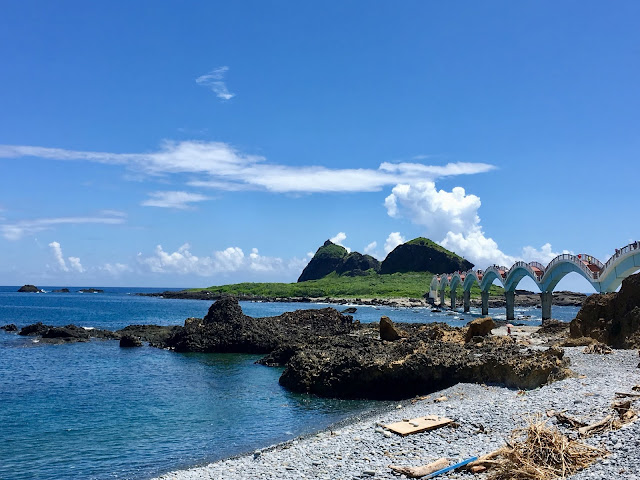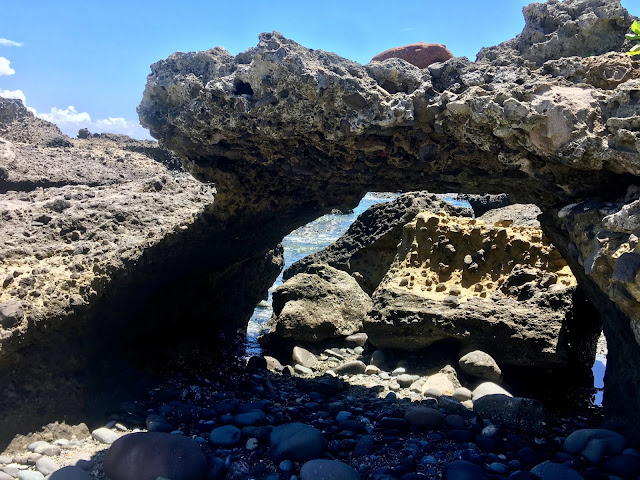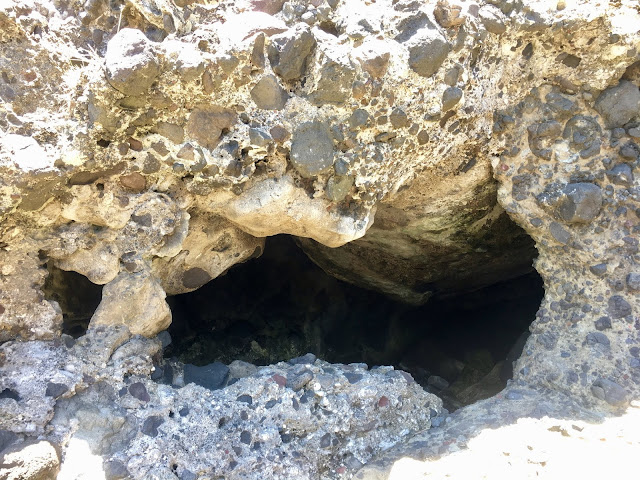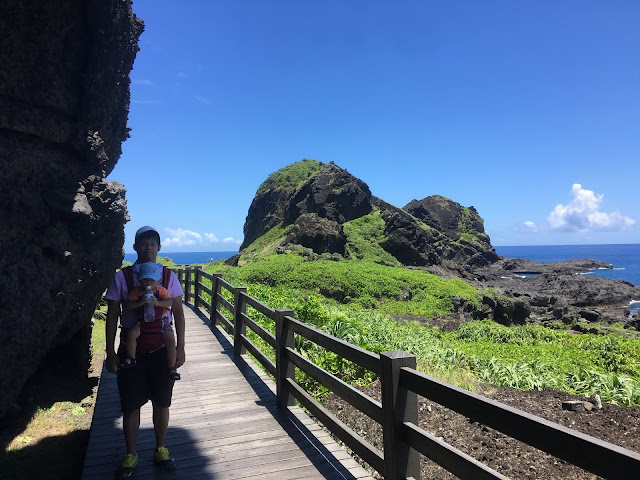Travel Date: 2019/08/31-09/02
Sanxiantai (三仙台)
Sanxiantai (三仙台) is a well-known tourist attraction in Taitung County. It is located about three kilometers northeast of Chenggong Town. It consists of an offshore small island, a coral reef coast, and a gravel coast. The area covers about 22 hectares, and it takes approximately one hour to explore. Due to minimal human disturbance, it is also an important site for studying coastal plant ecology and has been designated as a nature reserve. In the Ami language, "nuwalian" means "the most eastern place," and "Pisirian" means "the land of the shepherd."
Sanxiantai is now managed as part of the Eastern Coast National Scenic Area and has the "Sanxiantai Tourist Service Center," which provides information on the ecological environment and tourism-related consultations.
At the highest point, about 77 meters above sea level, it belongs to the volcanic agglomerate of Tuoshan Mountain. Over the years, erosion by seawater has transformed it into an offshore island. Surrounding the island are raised coral reefs. The north side of the island features a gravel beach, and when tides and waves crash onto the shore, they create a loud sound. Through long-term weathering and seawater erosion, unique sea-eroded formations such as sea-eroded columns, potholes, and tunnel-like sea-eroded gates have been formed. Moving west from Sanxiantai, you'll encounter multi-layered sea-level topography and stepped sea terraces.
Volcanic agglomerate forms the main structure of the Sanxiantai strata, with numerous sea-eroded columns present throughout the area. Smaller sea-eroded columns can be found near the parking lot, while the three large sea-eroded columns are situated on Sanxiantai Island, reaching a height of about 80 meters. The northern end of the island features several potholes, with the largest having a diameter of 5 meters and a depth of 4 meters. On the northeast coast, there is a tunnel-like sea-eroded gate known as Acacia Cave, measuring 58 meters in length, 3 meters in width, and 3 meters in height. Along the rocky block, which stretches through the northeast of the island, there is a shortcut to the southern bank. Visitors can observe Taiwan's coastal plants, such as jujube, white water wood, and lentils, in this area.
Both the Han people and the local Ami people have their own legends surrounding Sanxiantai. According to legend, Li Tiezhu, Lu Dongbin, and He Xiangu from the "Eight Immortals" once stopped on the island, leaving their presence in the mountains, thus giving rise to the name Sanxiantai. The Ami people have a story circulating about the possession of the patron saint "Wu'an" in Sanxiantai.
The Sanxiantai Lighthouse is located on the second peak of Sanxiantai Island, and there are 287 stone steps leading from the base of the rock to the lighthouse. In 1987, an eight-arch cross-sea pedestrian bridge was constructed to facilitate tourists' access to the island. Due to its beautiful design, it has become a local landmark. Fixed fishing nets can be found in the waters between Sanxiantai and Baishoulian on Taiwan's main island. Fishermen have obtained permission from the Xingang District Fisheries Association to place these nets there.


















0 komentarze:
Post a Comment